Araki's Flowers
Araki Araki Nobuyoshi Daido Moriyama featured Love Photography Play Zed
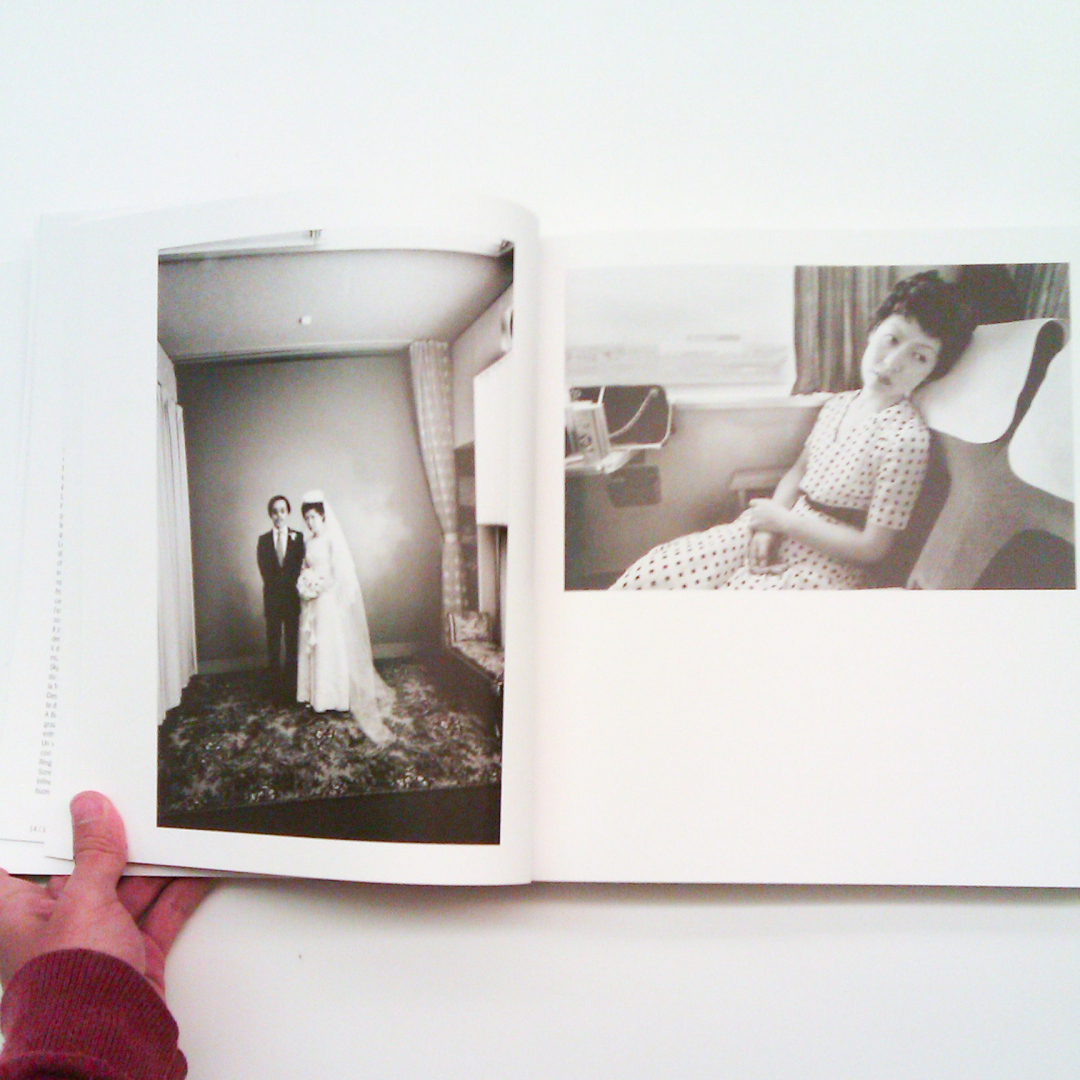
(All pictures — unless stated otherwise — are photographs here are photographs of: Fuyumi, Namioka and Bernasconi, Francesca (eds.). Araki: Love and Death. Lugano: SilvanaEditoriale; Museo d’Arte: della Città di Lugano, 2004. I blame limited student resources and a then-pressing need to just get the assignment done)
(This essay was written sometime in the third quarter of 2012. I’ve revised it with what little I’ve learned over the years. It will not get significantly better until I trash the foundations of this essay and do the legwork all over again. Please be kind.)
Flowers are important figures in Araki’s work, whether as an overt Rorschach test drawing the ever obvious line between the visual and functional parallel between flowers and human genitalia, or as a playful turning of tables by bowdlerising the vagina1. It this play on double meanings that characterises Araki Nobuyoshi as a photographer2 and an artist.
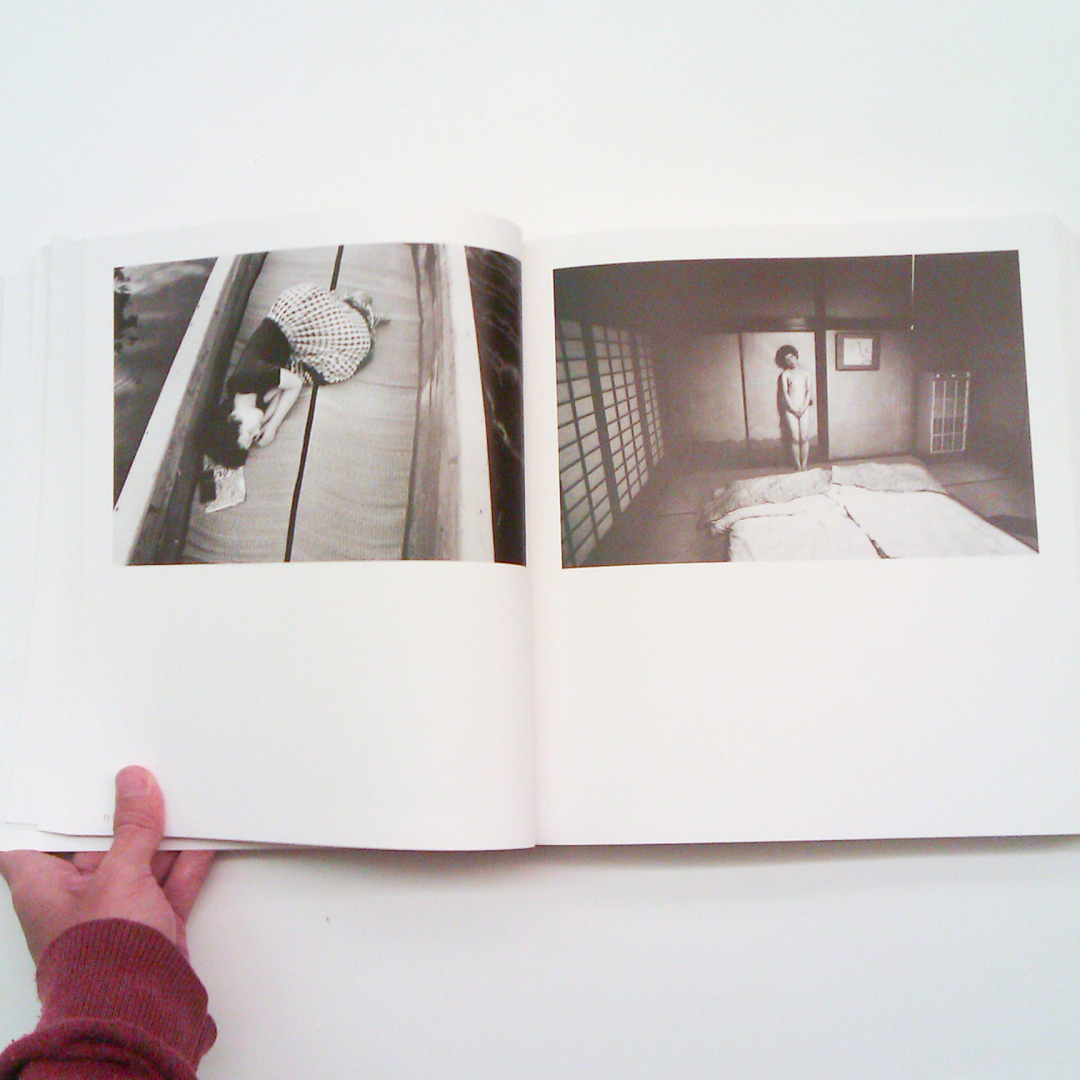
Often compared with Daido Moriyama3, Araki presents a mystifying force within the Japanese fine art world. They are not opposites, but contrapositives: Araki plays eiron to Moriyama’s alazon. Araki’s often excessive pictures are placed in stark contrast to Moriyama’s photographs which “consistently evoke dark, struggling identity-in-the-making”4. But the two seem to get along fine, Moriyama himself stating his admiration for Araki in Arakimentari5. Marco Franciolli, the director of the Museo d’Art, Lugano where Araki’s work was exhibited, writes in the introduction of Araki: Love and Death — a book meant to accompany the exhibition — that Araki’s work is “unclassifiable”6. Guido Comis, in the same book, juxtaposes Araki’s work with Western photography saying that Araki’s works “do not constitute a dissonant element with regards to the politically correct ideology of the West, but make a game of it”7. It is this “game” of it that truly befuddles those who see his work as just crass, misogynistic, and simply truly lewd. And his work is really all of the above, but much more than their sum because it is this exact play in his work — this absurd childlike glee at making the images that he makes that absolutely shines through in his photographs — that flips the question back at the one looking at his photographs: “Are you sure that you’re not the _peverted _one?”
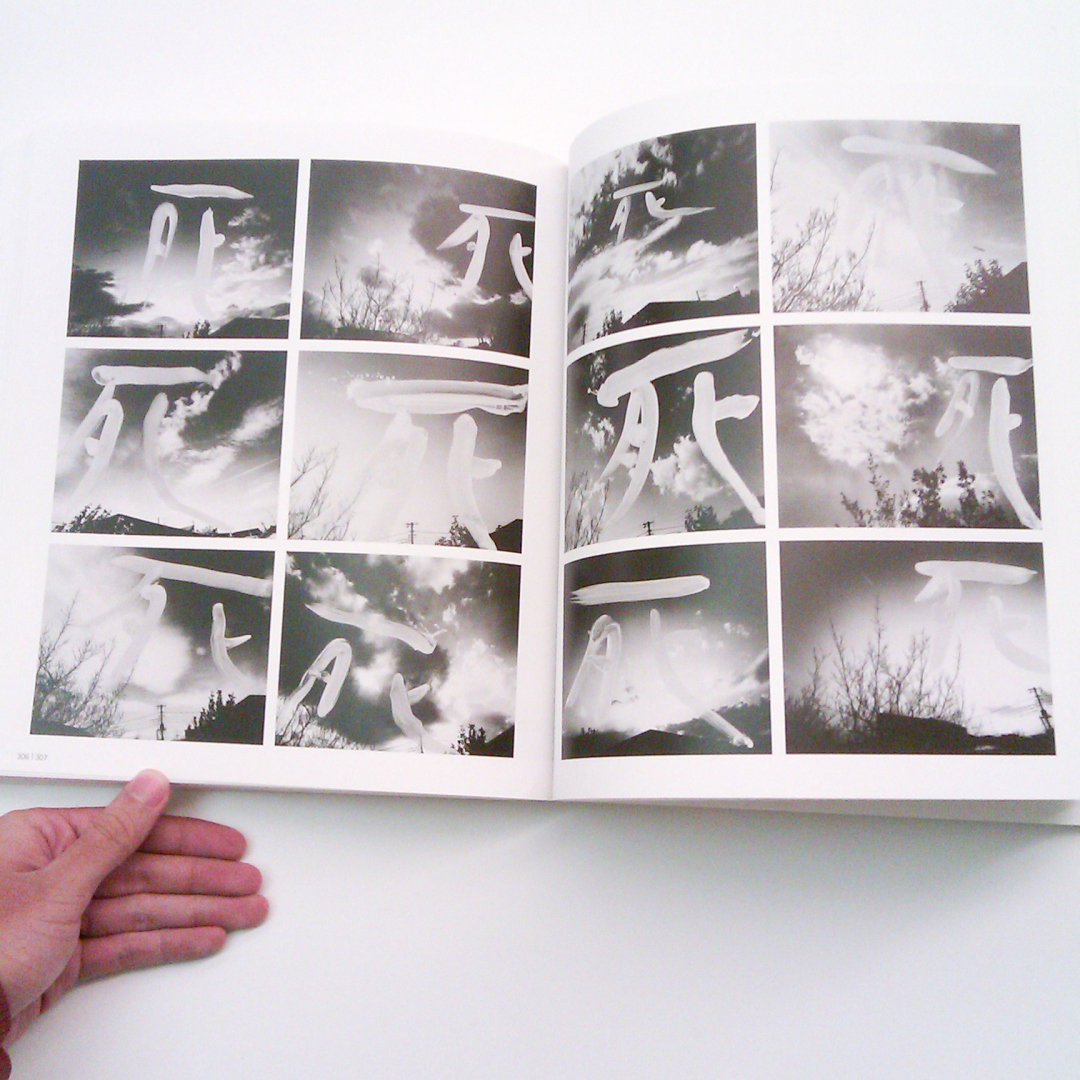
But that just might be me. Araki might not be concerned at all with the moral fibre of his pictures or their possible pornographic value. As Moriyama puts it:
Either [his photography] was categorized as a piece of art, or as dirty pornography … But Araki rejected that idea completely. They are not separate things. He combined the two beautifully.8
But the pictures of tied up naked women, colourful and brimming with the auteur’s touch, do not seem to function so much as Araki’s main body of work as much as it acts to frame the most important “flower” in the work. In “Sentimental Journey/Winter Journey”9 is a series of photographs whose subject is Yoko, Araki’s late wife (Fig.1). The series was published after his wife’s death in 1990. The work is a sobering break from the rest of his work, both in the sense that it is a respite from his usual visual barrage and at the same time a series of work that is completely disjointed from it. The photographs offer a glimpse of the quiet tenderness with which Araki sees his wife. The photographs feature Yoko’s own favourite picture10, one of her napping on a boat (Fig. 2, left). Another photograph shows Yoko, posthumous, in her coffin and covered with flowers. It is said that Araki’s ran to her hospital bed with a bouquet of flowers that hadn’t bloomed. They flowered when she passed away later that day, and he placed the blooms in her coffin, along with other mementos (Figure 5, right). All these he captured in his photographs, which while unsurprisingly honest, are heartbreakingly earnest in documenting his love for her.
It is hard to imagine such sentiment when one first looks through Araki’s oeuvre of over 450 books11. One always sees the naked ladies first. In ARAKIMENTARI, he blatantly touches his models during the course of his work — presumably with their consent. One model is shown on film giggling away during such a shoot. One must then wonder if it is we who are close minded, who are prudish in the face of someone that is ostensibly without malice. And perhaps one could say that he is one who indeed works with his hands, that intimacy through touch is part of an ethos that permeates his work.
ARAKIMENTARI brings us into Araki’s own archives, where a massive number of Araki’s prints are kept. He professes an affinity with film, saying, “Photography will be killed by digital cameras”12. The contact sheets and photographic prints are not simply images, but artefacts that trace his life. As he digs through the countless shelves of his work, he finds a pair of prints stuck together. Fussing with it a little, he then pulls them apart causing the surface fibres — and the photographs themselves — to tear, and proclaims that the prints look much “nicer” now13.
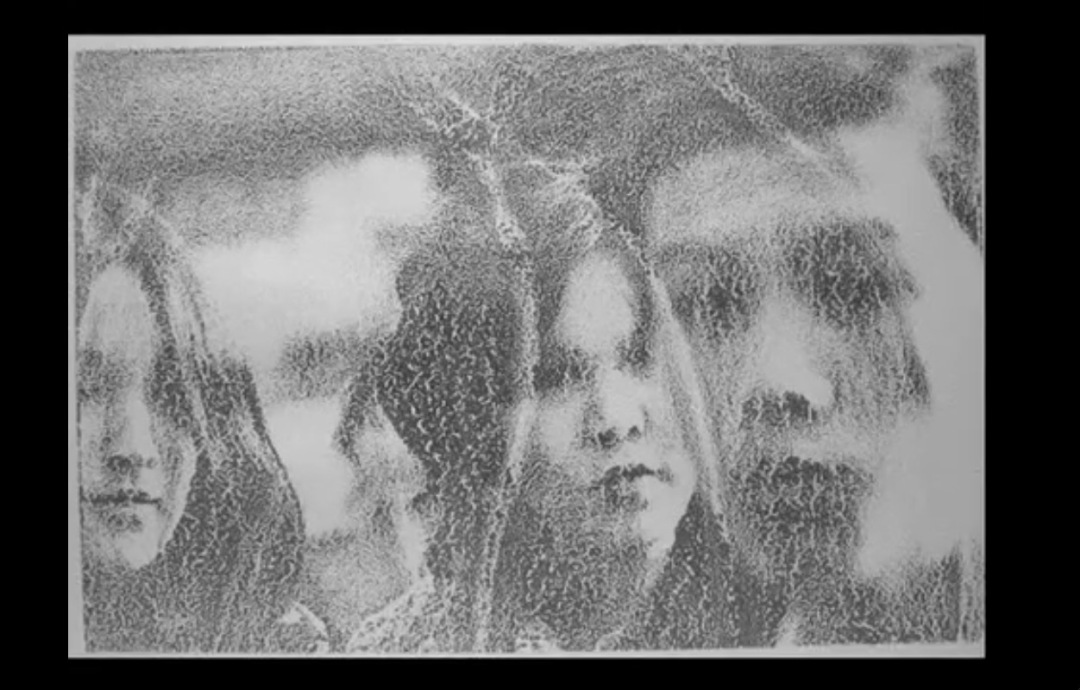
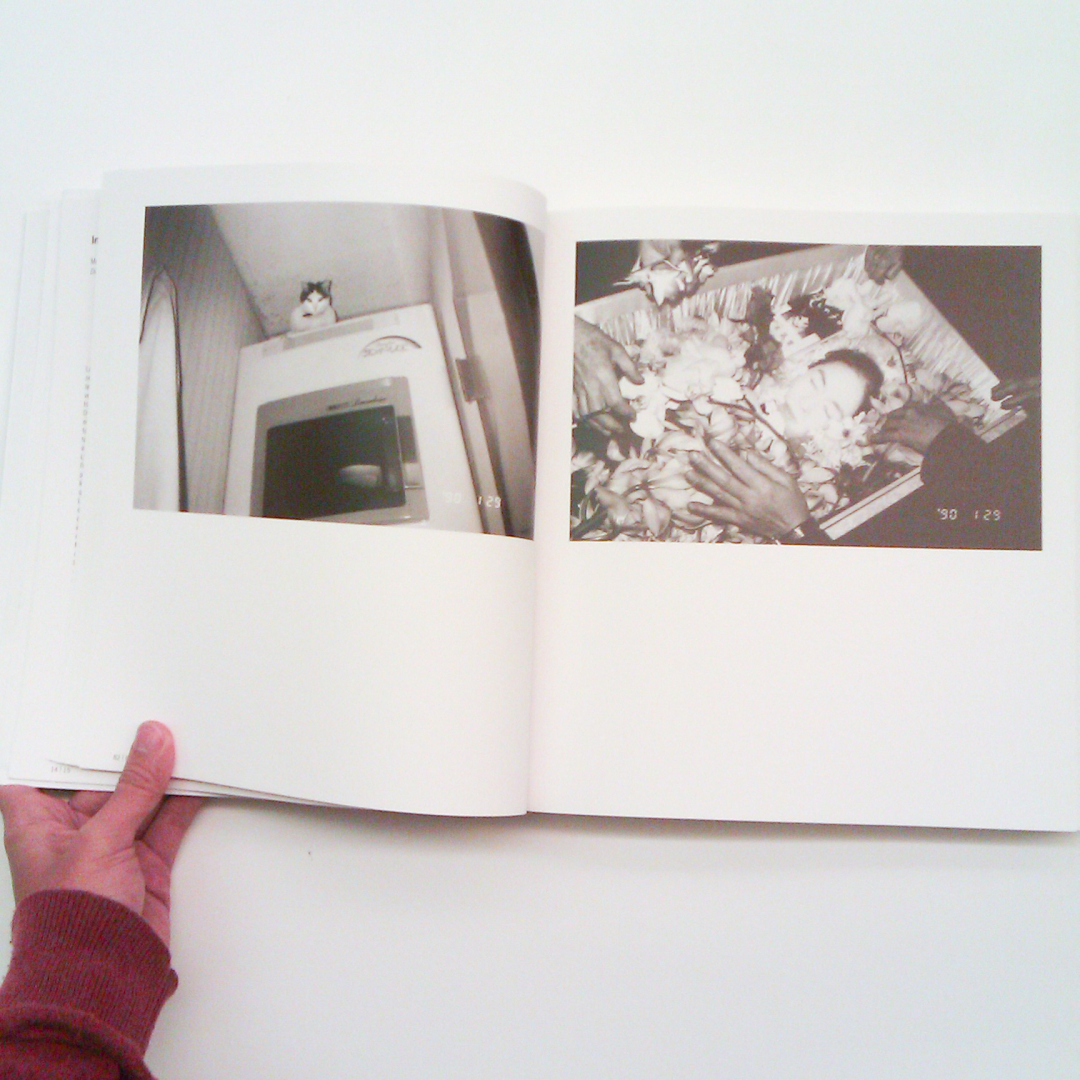
It is this imminent and inevitable decay that comes with the medium that perhaps causes Araki to declare that he wants to remain the “last ‘film’ artist”. In his interview with Fuyumi Namioka in 2010, he says,”And this may sound paradoxical, but digital images do not allow you to make changes in the same way as you do for film.”14 For a generation of photographers inundated with digital editing tools, Araki would strike one as a luddite. But one must note that Araki does not care for editing his photographs, or at least in the sense that can be replicated digitally. The strength of his photographs lie in their rawness and their pure materiality. It is a materiality that can be best seen and felt through the photographs that Araki pointedly “changes” (or some would say, destroy): he paints on his pictures (Fig. 3), and boils them to create images for the anniversary of the Atom bomb (Fig. 4)15. He needs to work with his hands, needs to physically mark his photographs by touching them, by inserting (lewd and sentimental objects). He literally “makes” his pictures, just like in his last picture of his wife (Fig. 5), where a carefully inserted flower that he brought on his last visit to her lies in the top left corner of her coffin, alongside a picture of a book Araki published that she never saw in her lifetime.
In an interview with Jérome Sans16, Araki says:
I have nothing to say. There’s no particular message in my photos. The messages come from my subjects, men or women. The subjects will convey what there is to say. I have things to photograph, so I’ve nothing to express.
He refuses to be understood, and it would be futile to assign meaning that he seems intent on eluding. But perhaps to pick on that would be to miss the point of his photographs — photographs that are undeniably human, undeniably him, and also undeniably centered around a sense of loss that he circles and pushes through. His unique brew of “visual verocity”17 makes for a work that stares time and the decay that time brings in the eye, daring it to take more away from him, because he’ll simply photograph it.
More on Araki:
http://www.artnet.com/artists/nobuyoshi-araki/2
It was Once a Paradise, http://reflexamsterdam.com/books/
Endnotes:
-
ARAKIMENTARI. Directed by Travis Klose. 2004. ↩︎
-
Fuyumi, Namioka. “Conversation with Nobuyoshi Araki.” In Araki: Love and Death, by Namioka (ed.) Fuyumi and Francesca (ed.) Bernasconi, 373–381. Lugano: SilvanaEditoriale; Museo d’Arte: della Città di Lugano, 2010. ↩︎
-
Oborn, Stacy. “The philosopher and the trickster: Daido Moriyama and Nobuyoshi Araki .” Lens Culture: Photography and Shared Territories. http://www.lensculture.com/oborn.html (accessed October 10, 2012). ↩︎
-
Ibid. ↩︎
-
ARAKIMENTARI ↩︎
-
Franciolli, Marco. “Introduction.” In Araki: Love and Death, by Namioka (ed.) Fuyumi and Francesca (ed.) Bernasconi, 1–17. Lugano: SilvanaEditoriale; Museo d’Arte: della Città di Lugano, 2010. ↩︎
-
Comis, Guido. “The Insatiable. Nobuyoshi Araki in the Context of Western Art.” In Araki: Love and Death, by Namioka (ed.) Fuyumi and Francesca (ed.) Bernasconi, 365–371. Lugano: SilvanaEditoriale; Museo d’Arte: della Città di Lugano, 2010. ↩︎
-
Moriyama, Daido, interview by Travis Klose. Arakimentari (2004). ↩︎
-
Fuyumi, Namioka. “Nobuyoshi Araki, Three Sentimental Journeys.” In Araki: Love and Death, by Namioka (ed.) Fuyumi and Francesca (ed.) Bernasconi, 349–355. Lugano: SilvanaEditoriale; Museo d’Arte: della Città di Lugano, 2010. ↩︎
-
ARAKIMENTARI ↩︎
-
Tomo, Kosuga. “NOBUYOSHI ARAKI .” Vice. http://www.vice.com/read/nobuyoshi-araki-118-v15n7 (accessed October 11, 2012). ↩︎
-
Fuyumi, “Conversation with Nobuyashi Araki” ↩︎
-
ARAKIMENTARI ↩︎
-
Fuyumi, “Conversation with Nobuyoshi Araki” ↩︎
-
(Author’s note: This segment needs substantial revision and elaboration. I wrote this 2 years ago and no longer have the book where I’ve gotten these images from. It will take some time) ↩︎
-
Oborn ↩︎
-
Comis. (Did I misquote this? It seems I have either misspelled veracity or ferocity, and again I haven’t got my hands on the source material. Then again, it may be an intentional mix of the two words, a playful blurring of boundaries Araki would approve of.) ↩︎